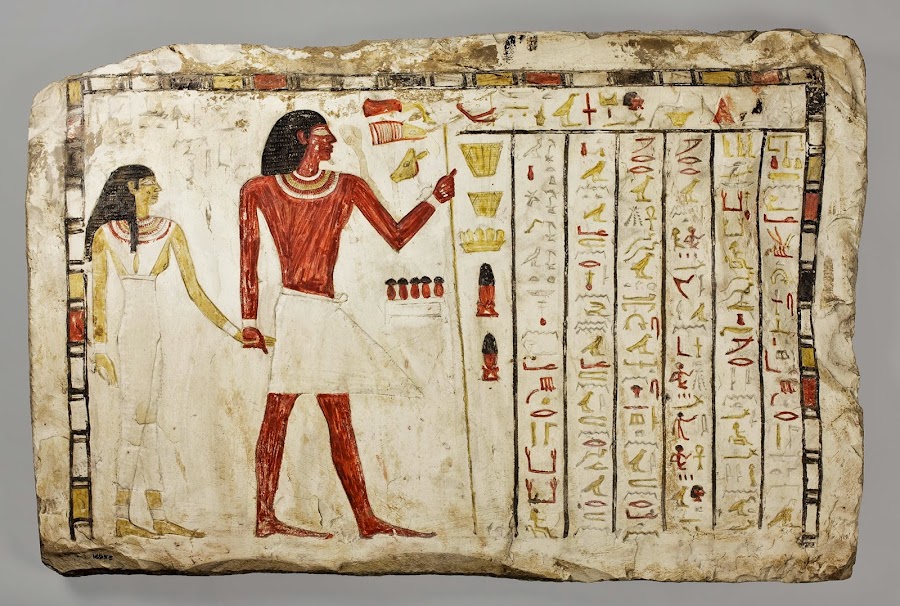ShowBusinessMan [Search results for Middle East]
The horse: from Arabia to Royal Ascot at The British Museum

Exhibition at Oriental Institute shows how ancient cultures commemorated the dead

New Ads for NewYork-Presbyterian Feature Special Ops Officer

Ted Baker Commissions The Perfect Baker's Dozen

The Hobbit An Unexpected Journey Promo Trailer (Extended HD)
